The Ideal Placement for Your Closed Terrarium at Home

Whether you’re a seasoned botanist or a newcomer to the world of indoor gardening, the enchanting microcosm of a closed terrarium is sure to captivate you. As the tiny universe within a glass container, a terrarium is a compact, self-sustaining ecosystem that brings a bit of nature indoors. However, a fundamental aspect of proper terrarium care that often gets overlooked is its placement. Today, we’re going to delve into the art of placing your terrarium in the perfect spot for it to thrive.
Why Placement is Essential in Terrarium Care
Much like other houseplants, the health and vigor of your terrarium largely depend on its location. Proper placement ensures optimal light exposure and temperature, the triumvirate of terrarium wellbeing. An incorrectly placed terrarium may lead to wilting plants, mold growth, or a lifeless mini ecosystem. Hence, placing your terrarium in the right location is key to its care.
Identifying the Ideal Locations in Your Home
Finding the perfect spot for your terrarium begins with recognizing the key factors of the ideal location: bright but indirect light and stable temperature. Look around your home and evaluate potential spots based on these criteria. A coffee table near the window, or a well-lit desk can often be the perfect homes for your terrarium. Avoid windowsills, places near radiators, or areas with sudden temperature changes.

The Benefits of Placing Your Terrarium in a Bright, Indirectly Lit Area
Plants need light for photosynthesis, but when it comes to terrarium care, it’s about finding the right balance. A location with bright, indirect light allows your terrarium to thrive without the risk of overheating or scorching the plants, which direct sunlight can cause. If natural light is limited, an artificial grow light can be an excellent alternative.
Importance of Temperature and Humidity in Terrarium Care
Closed terrariums create a high-humidity environment ideal for tropical plants. Temperature-wise, most terrarium plants prefer a range of 18-24°C. Therefore, maintaining stable temperature and humidity levels is critical for the health of your terrarium. Keep your terrarium away from drafts, heaters, and air conditioners to prevent sudden fluctuations in these conditions.
Why You Should Avoid Placing Terrariums Near Heat or Cold Sources
Extreme temperatures can harm your closed terrarium. Placing it near a heat source like a radiator or stove can dry out your plants and negatively impact the glass container, potentially leading to its damage. Similarly, positioning it near an air conditioner or on a windowsill during can introduce an unhealthy temperature flactuations, which also risks damaging the plants or on some occassions breaking the glass. The key to successful terrarium care is providing a stable, warm, and humid environment. This ensures both the health of the plants and the integrity of the terrarium itself.
Adapting Terrarium Placement According to Plant Species
Remember, every plant has unique needs. Some plants, like ferns, thrive in low-light conditions, while others require more light. When choosing the ideal location for your terrarium, consider the specific light and temperature needs of your chosen plant species. For example, a closed glass container with ferns can be placed further away from the window, but on the other hand, a terrarium with plants such as croton or aglaonema will appreciate a spot near the window. Bonsai Tree (Ficus Ginseng) may drop leaves if it does not get enough light.
Let’s wrap it up
In a nutshell, successful terrarium care revolves around optimal placement. A spot with bright, indirect light, a stable temperature range of 18-24°C, and away from sources of extreme heat or cold, is ideal. Always consider the specific needs of your terrarium's plant species when deciding on placement.
Frequently Asked Questions (FAQs)
- Can I place my terrarium in the kitchen?
As long as your kitchen doesn't experience drastic temperature fluctuations and the terrarium isn't too close to the stove or oven, it should be okay.
- What if I don’t have a spot with bright, indirect light?
You can use an artificial grow light as a substitute for natural light.
- How often should I move my terrarium?
Ideally, once you’ve found the perfect spot, you shouldn’t have to move your terrarium frequently.
- Can I place my terrarium in a dark room?
A: Terrariums need light to photosynthesize, so a dark room isn't ideal. If natural light isn't available, consider using a grow light.
- Can my terrarium get too much light?
A: Yes, too much direct sunlight can overheat your terrarium and burn the plants. Indirect light is best!
- How often should I check on my terrarium?
A: It's best to check on your terrarium daily at first. Once you get a feel for its needs, you can check less frequently.
Remember, terrarium care is an ongoing process, and location plays a significant role. By taking the time to understand the needs of your plants and providing them with the right conditions, you’ll be rewarded with a thriving miniature garden to enjoy. So, embrace the joy of terrarium care and watch your tiny ecosystem flourish!
Have not built a terrarium yet? Get your hands dirty and unleash your imagination with our DIY terrarium kits found here.


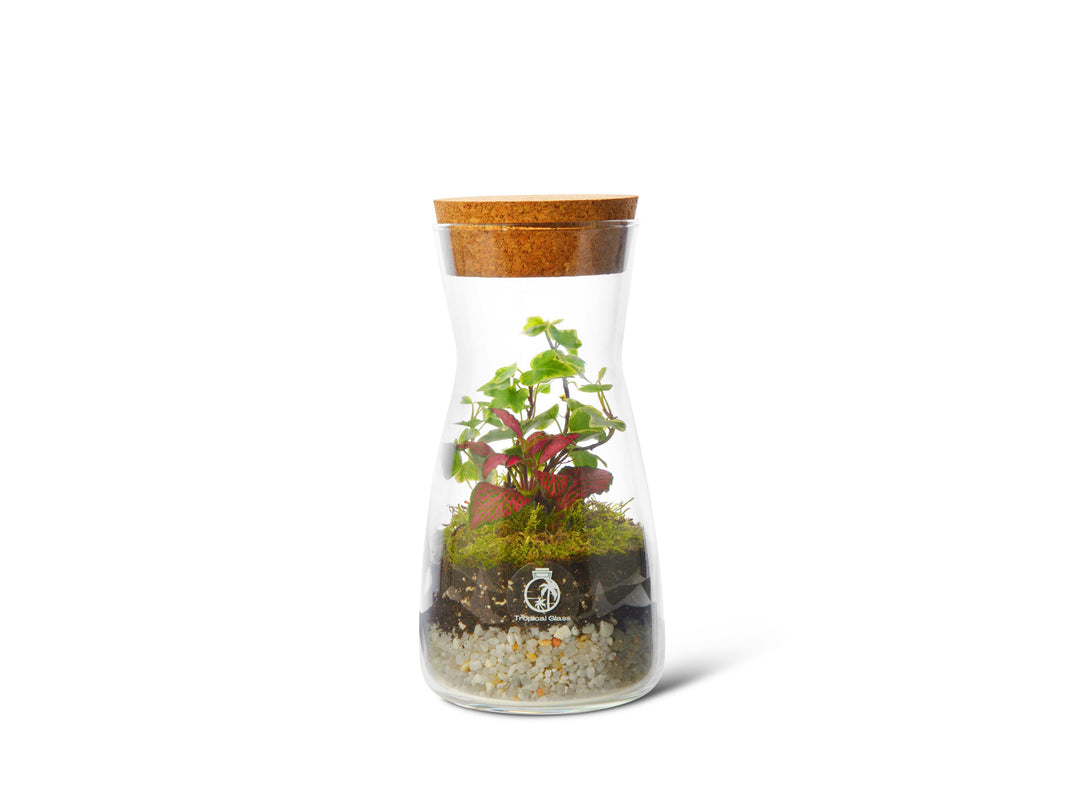
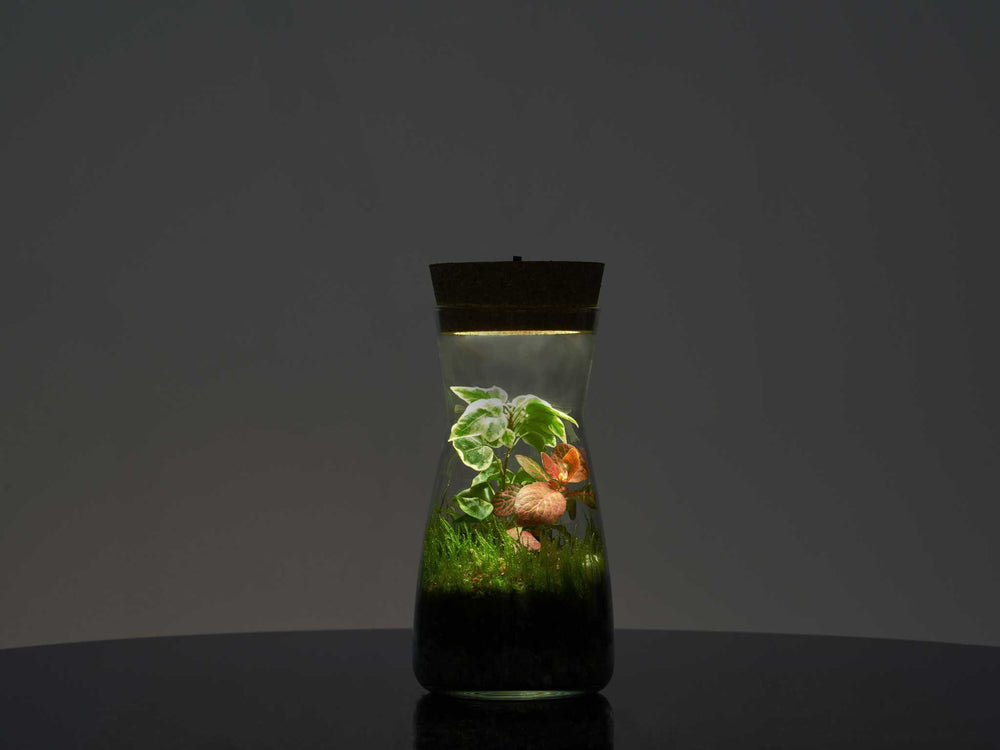
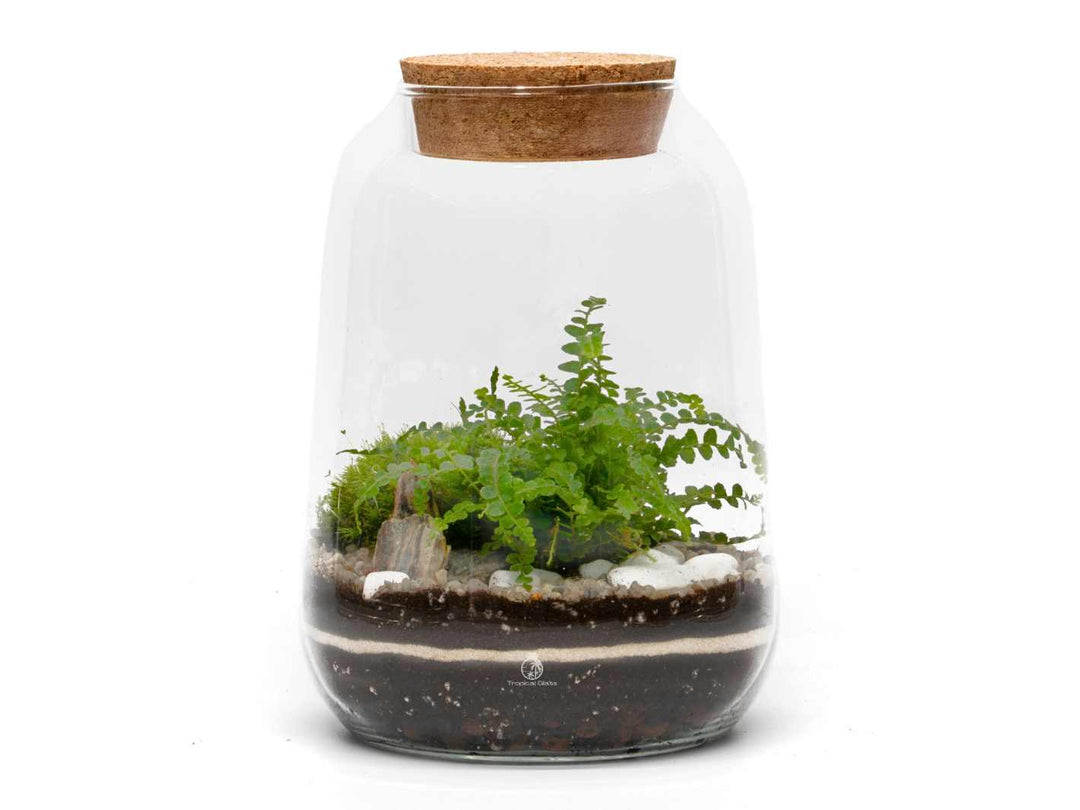
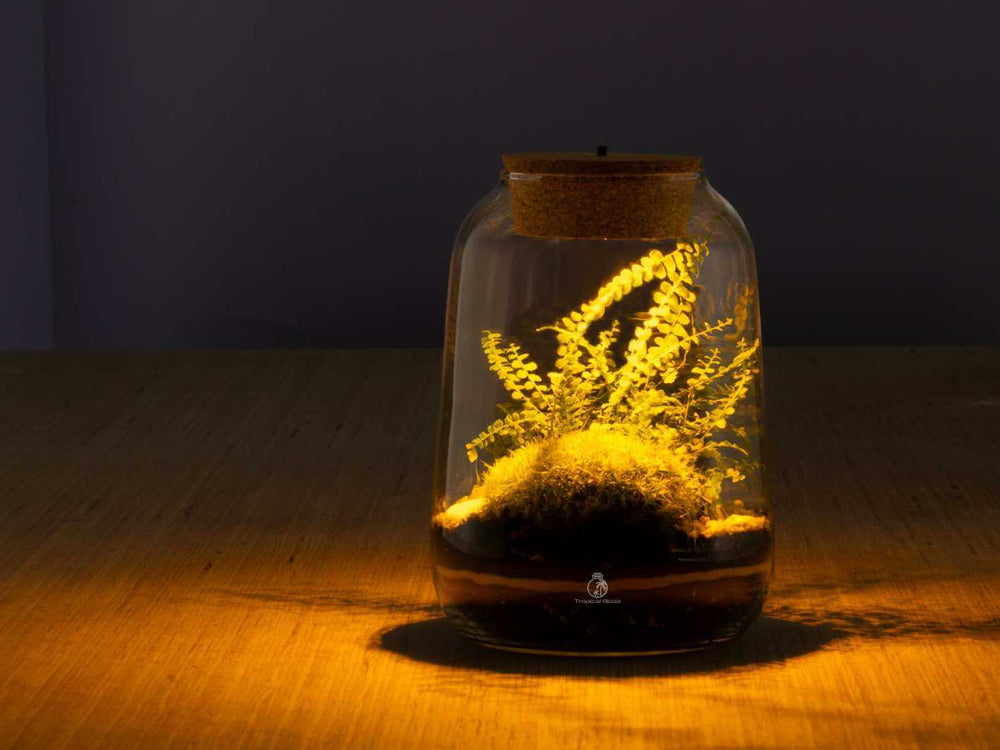
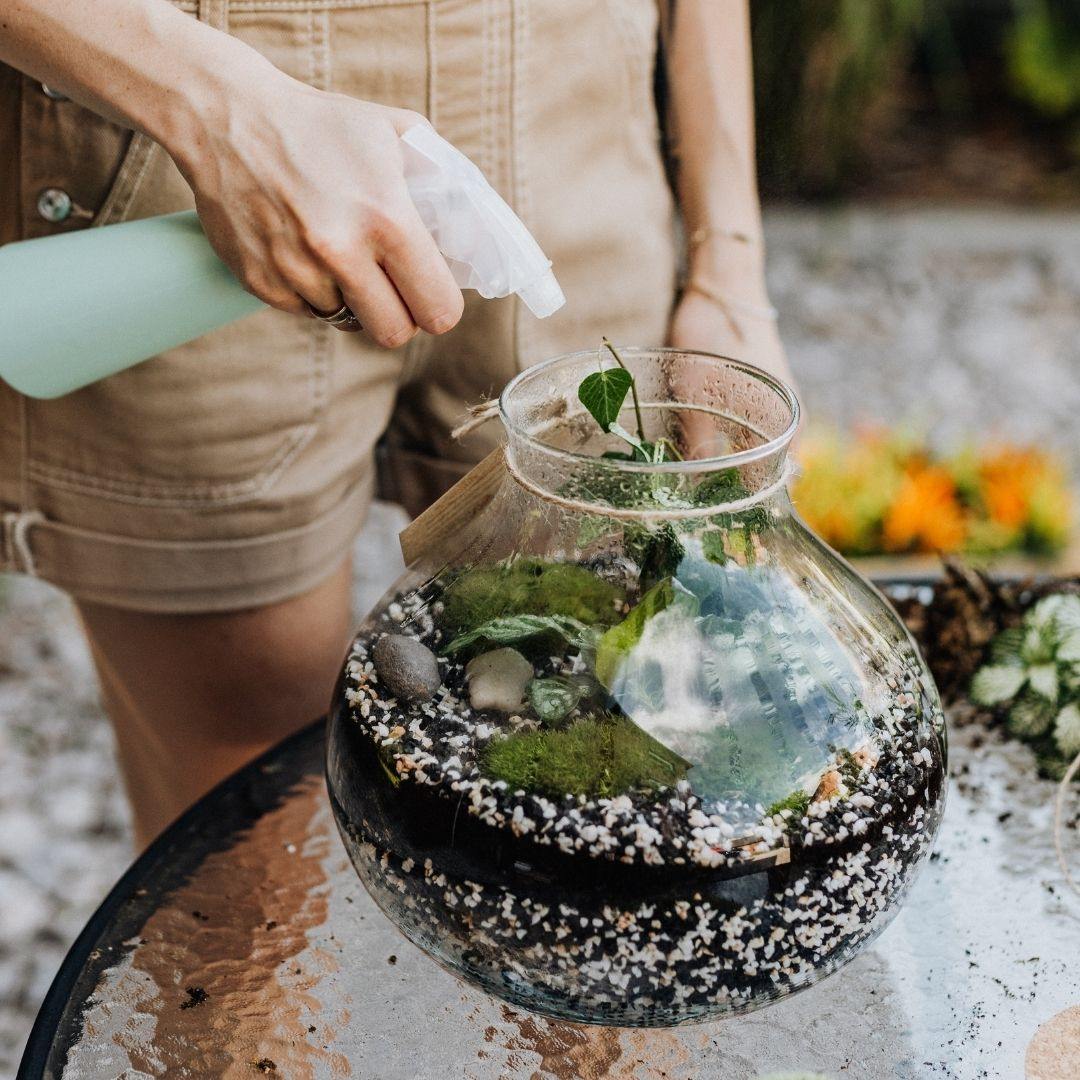
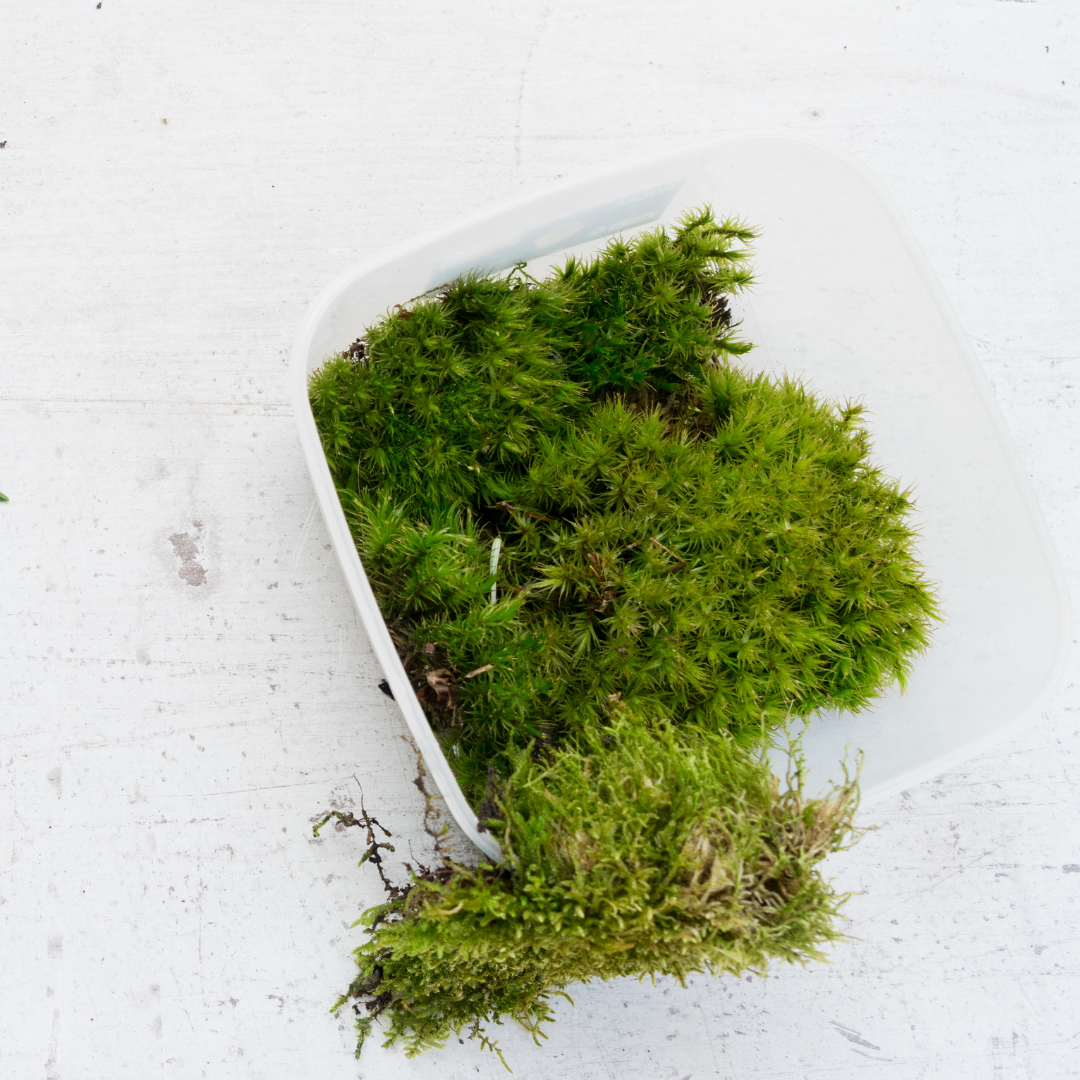
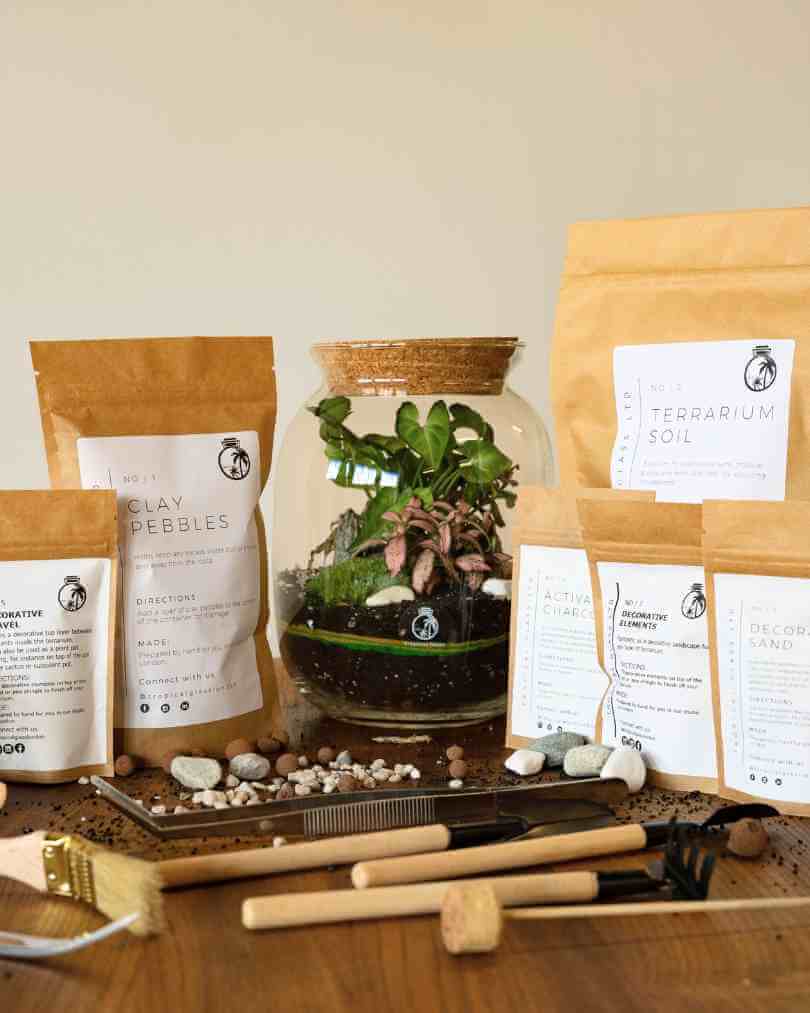
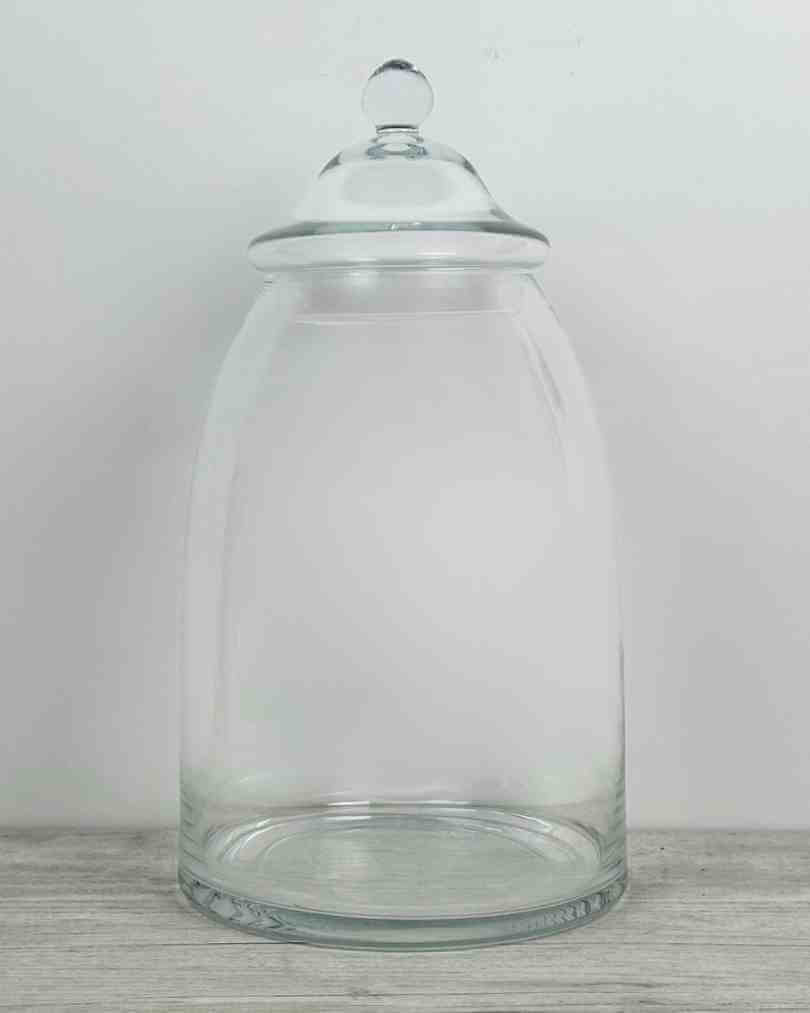
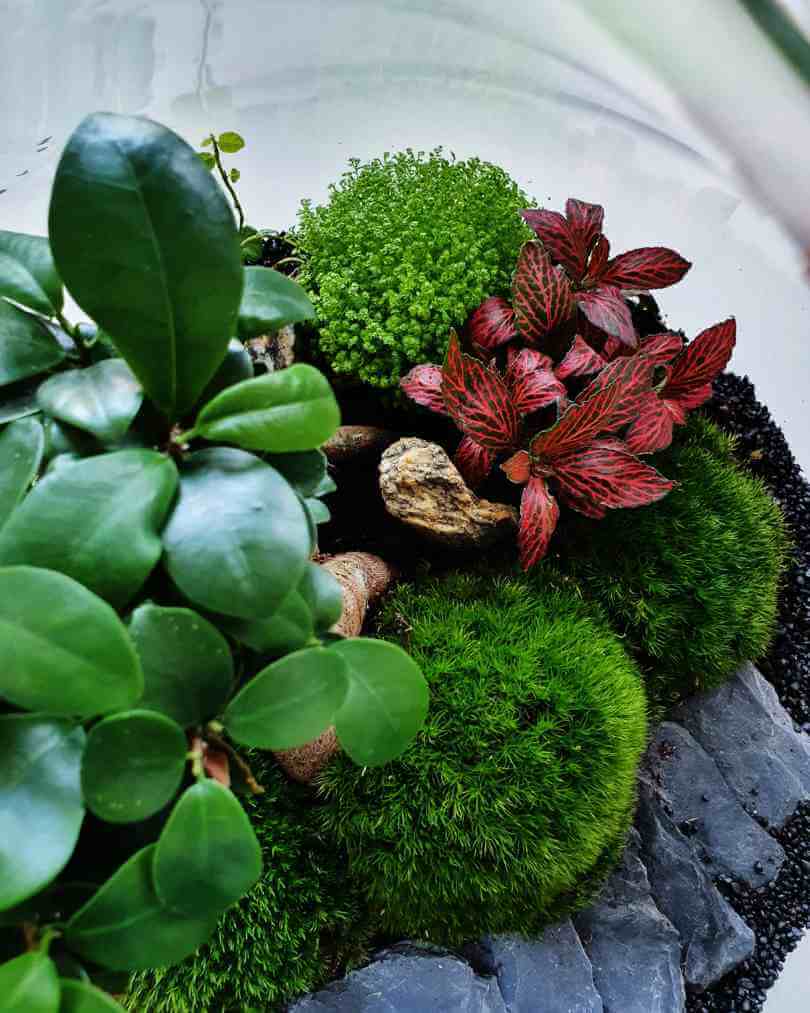
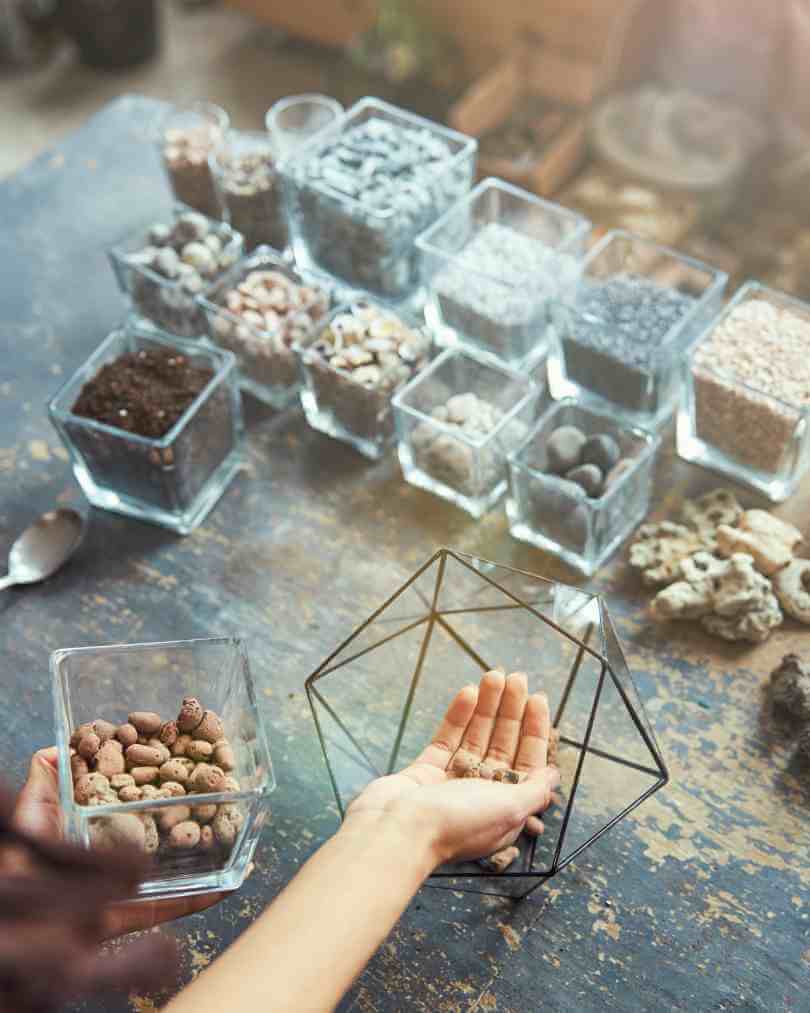
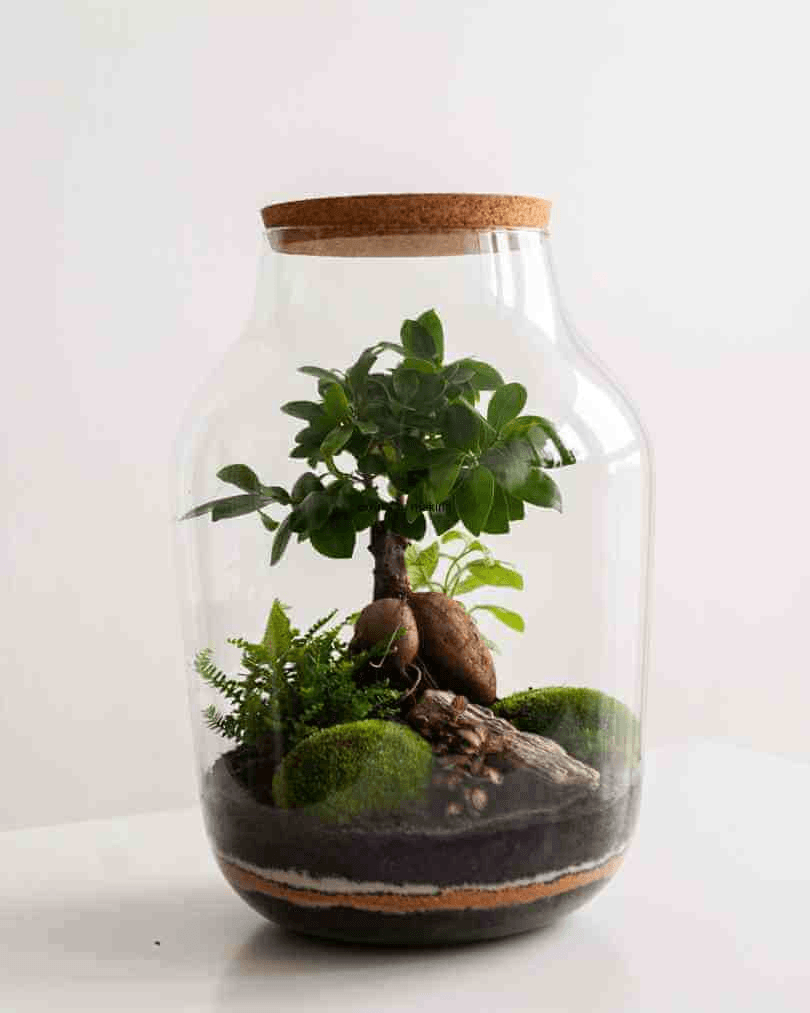
Leave a comment